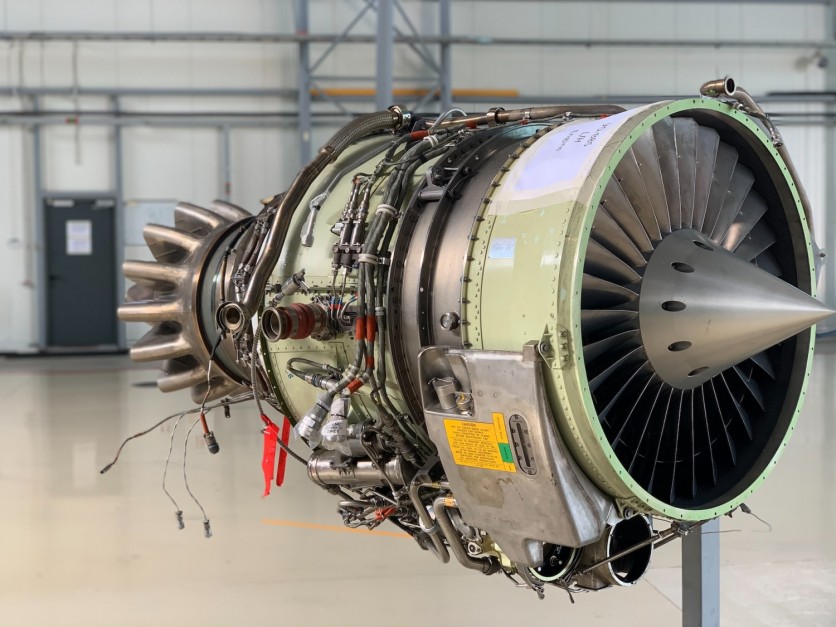The "world's most powerful rotating detonation engine" is finally here. As claimed by Chinese engineers who "allegedly" created it, the hypersonic engine can reach Mach 16.
The new technology designed by Zhang Yining and his team at the Beijing Power Machinery Institute in collaboration with the People's Liberation Army's 93160 Unit, has the potential to reshape the future of air travel.
Unveiling a Revolutionary Engine

China is known to produce one of the most revolutionary weapons in the world. Recently, a report says that Chinese engineers have already created the most powerful hypersonic engine in the world.
The recently unveiled air-breathing engine is poised to elevate air travel capabilities, reaching altitudes of 18.6 miles (30 km) and achieving speeds of approximately Mach 16.
If these claims prove accurate, it could usher in a new era where intercontinental flights take mere hours and significantly reduce fuel consumption compared to traditional jet engines.
Related Article : Boeing Is Developing Hypersonic Interceptor Prototype Designed to Destroy Incoming Missiles in the Air
A Closer Look on its Operating Modes
According to Interesting Engineering, the engine operates in two distinct modes, showcasing its adaptability and efficiency.
In the sub-Mach 7 mode, it functions as a continuous rotating detonation engine (RDE). This mode involves a dynamic process where external air mixes with fuel, creating a shock wave that propels the aircraft forward. The second mode, activated above Mach 7, transitions into an oblique detonation format, focusing the shock wave on a circular platform at the engine's rear.
While the efficiency of the engine is not explicitly disclosed, scientific estimates suggest that the detonation-driven propulsion could convert nearly 80% of chemical energy into kinetic energy. This represents a remarkable leap compared to conventional turbofan engines, which typically achieve only 20-30% efficiency through slower combustion processes.
Zhang's team asserts that their design, integrating rotational and straight-line detonation, stands as a "world first," showcasing Chinese ingenuity.
"This solution has obvious advantages and is expected to improve the optimal thermodynamic cycle efficiency in nearly all speed ranges, bringing a revolutionary change in aerospace propulsion," the researchers said via The South China Morning Post.
Overcoming Operational Challenges
The transition between the two operating modes posed challenges, particularly as the speed approached Mach 7. To address this, potential solutions were proposed, including reducing incoming air speed or making structural adjustments to the engine's internal components. These modifications aim to ensure smooth transitions and enhance overall performance.
Hypersonic Engine Remains as 'Work in Progress'
While the researchers express confidence in the engine's efficiency under common scenarios, they acknowledge that practical engineering parameters crucial for creating a usable product were not fully detailed in the research paper.
For you to better understand what a rotating detonation engine is, here's a 11-minute video by Scott Manley on YouTube. It will explain why it is better than regular engines used in common aircrafts.
China is no stranger when it comes to developing hypersonic weapons. Back in 2021, we reported that Beijing had a proposal about this technology.
According to the researchers, this powerful missile travels six times faster than the speed of sound. It can also destroy all communication lines within 2 kilometers in just 10 seconds.

![Apple Watch Series 10 [GPS 42mm]](https://d.techtimes.com/en/full/453899/apple-watch-series-10-gps-42mm.jpg?w=184&h=103&f=9fb3c2ea2db928c663d1d2eadbcb3e52)



